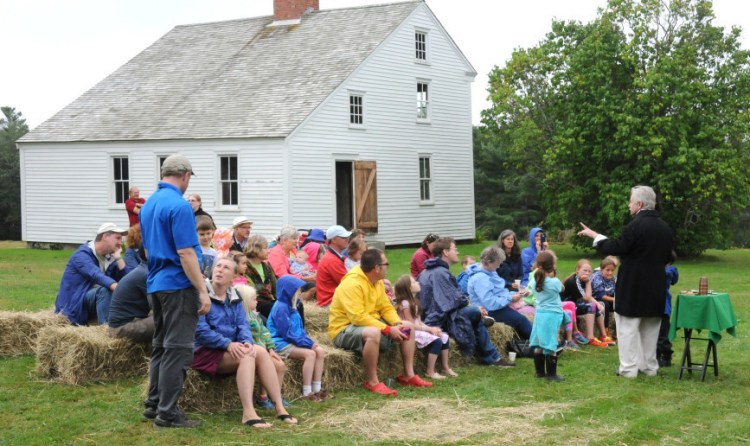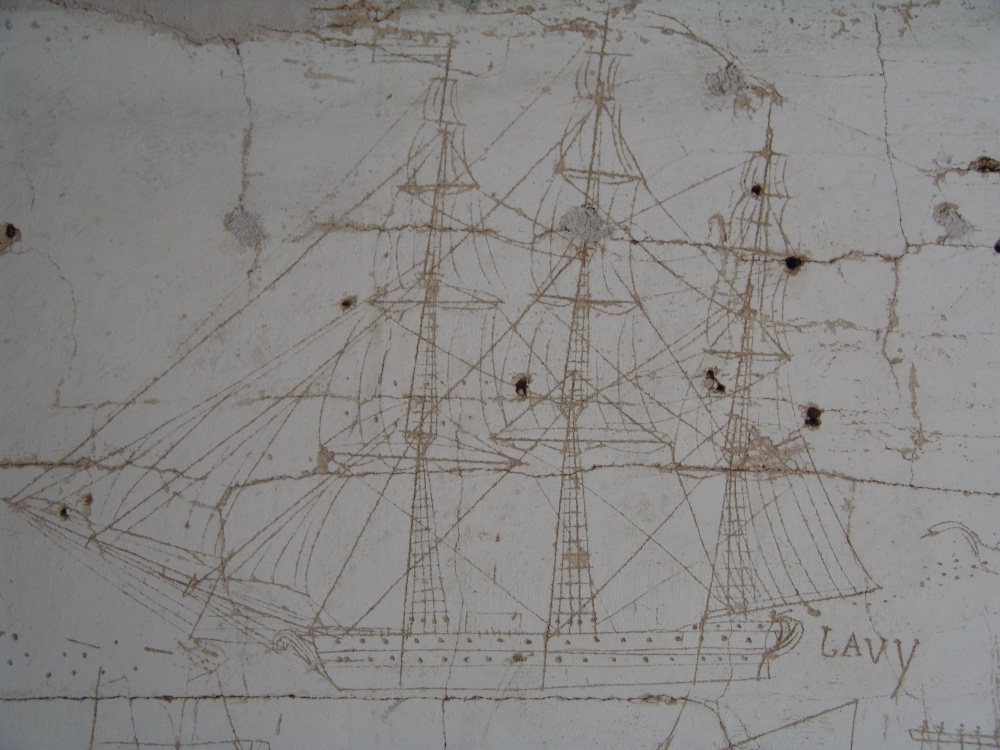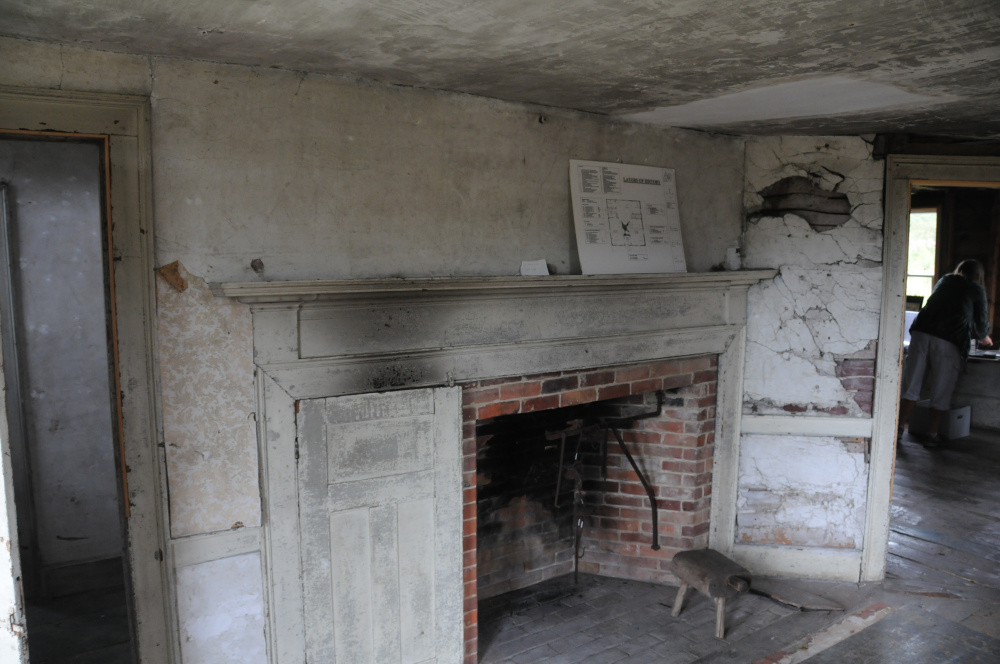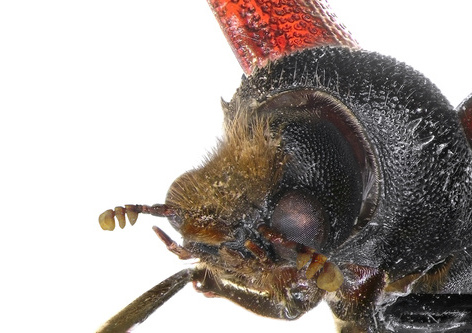The second-floor walls at Freeport’s Pettengill Farm are celebrated for their rare, etched murals depicting ships and sea creatures, dating from the early 19th century.
But the recent discovery of new carvings in the woodwork of the farmhouse are cause for alarm.
The old saltbox home, which is listed on the National Register of Historic Places, is under attack from an infestation of powderpost beetles that have bored tunnels into the walls, beams and ceilings of the building, threatening its structural integrity.
Freeport Historical Society staffers, stewards of the property, are bracing to pay a $6,000 extermination fee, due by December, to eradicate the pests.
Historical Society director James Myall said the nonprofit organization is turning to the community to help save the landmark saltwater farm.
Set on a 140-acre marshland property abutting the Harraseeket River, the old homestead has changed little since it was built by brothers Aaron and Joseph Lufkin circa 1800. The home’s best-known occupants were the descendants of Charles Pettengill, who bought the home in 1870. His granddaughter Mildred Pettengill was the last occupant. She was born in the house in 1882 and lived there until 1970.
“One of the most amazing things about the house is that it was never plumbed for running water or electricity,” said Myall. “So staying there during winter months proved to be a challenge for a woman in her late 80s, who never learned to drive.”
Mildred Pettengill later became friends with philanthropists Lawrence M.C. and Eleanor (Houston) Smith, founders of Wolfe’s Neck Farm and donaters of land for the creation of Wolfe’s Neck Woods State Park.
“(The Smiths) were interested in land conservation and historic preservation,” said Myall. “They realized that Mildred’s house was unique from a historical perspective. So they offered to buy the house from her and rent it to her, under set terms, for the remainder of her life.”
One day, she peeled back a layer of old wallpaper, in an upstairs bedroom, to show Eleanor the decorative carvings of ships and boats underneath. Later, all of the wallpaper was removed to reveal the etched images across the walls in three upstairs rooms.
While the artist who created them is unknown, the scenes are believed to be from the early 1800s, with the etchings depicting scenes of battleships from the War of 1812.
The old homestead sat empty through the early 1970s before it was entrusted to the care of the Freeport Historical Society in 1975.
Some exterior restoration has been done to stabilize the building, but much of the interior remains unfinished. That decision was intentional. Successive layers of peeling wallpaper and broken plaster reveal original wood strappings and brick construction underneath, offering visitors a glimpse of the home’s construction and interior design changes over time.
Myall said the property serves as a unique example of a saltwater farming operation that once was prized for its ocean views and the silt harvested from nearby marshlands to enrich its farming soil. At one time, the Pettengills’ dairy cattle grazed on the marsh grasses until milk distributors deemed their product too salty for consumption.
The homestead also is valued for its known history of subsistence farming as detailed through Mildred Pettengill’s personal diaries and recorded interviews with her.
The property features a trail system that is open to the public year round.
Tours of the home are available by appointment.
You can learn more or make a donation at: Freeporthistoricalsociety.org/beetles
Correction: This story was revised at 2:48 p.m., Nov. 23, 2015, to state that the Pettengill Farm is listed on the National Register of Historic Places. A previous version of this story said the farm is a National Historic Landmark, a distinction reserved for places of major national significance.
Send questions/comments to the editors.






Comments are no longer available on this story